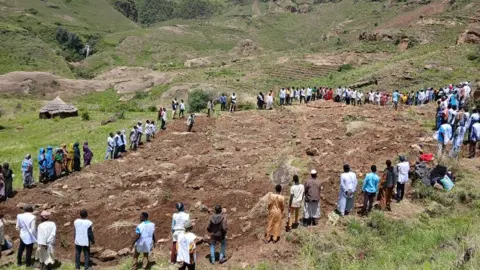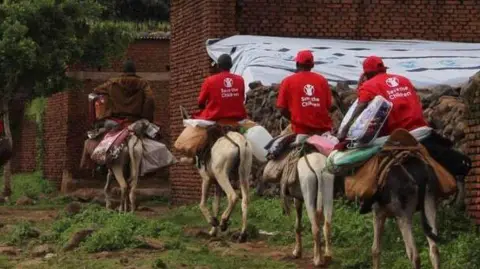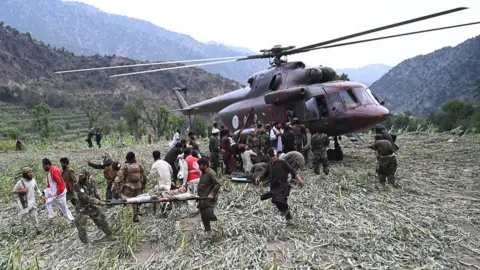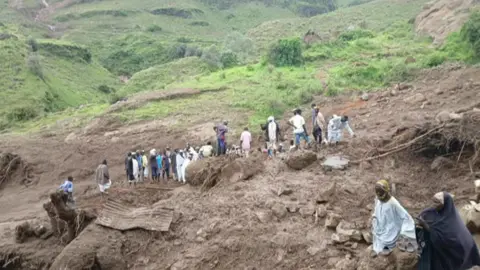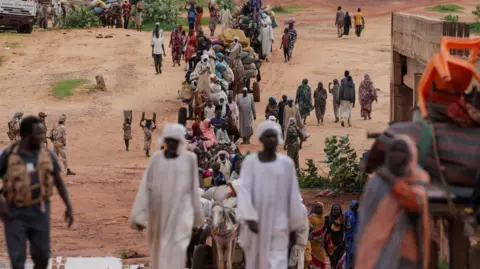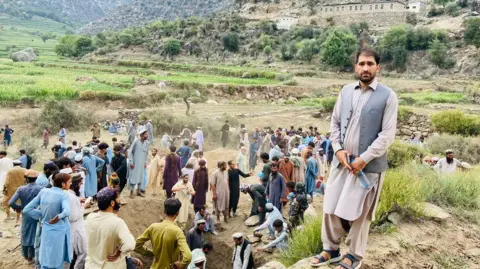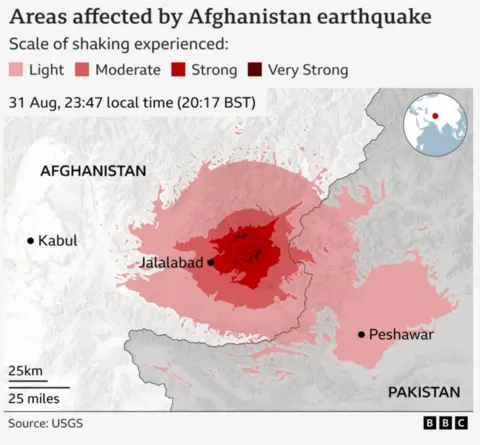The extensive landslide, covering approximately 90 percent of the village, sent a torrent of ice, rock, and mud cascading down the mountainside, leading local authorities to declare the village largely uninhabitable.
The event, which registered a magnitude of 3.1 on the Richter scale, struck shortly after residents had been ordered to evacuate on May 19 due to warning signs of glacial instability. The Birch Glacier collapsed, sending debris and dust plummeting towards the valley, burying homes and infrastructure under harsh rubble. According to Matthias Ebener, a representative of the crisis management team, one resident was reported missing amidst the tragedy.
Drone footage depicts the cataclysmic fallout, while a government engineer disclosed that before the landslide, the glacier had been advancing at a rate of eight to eleven feet per day. Matthias Bellwald, mayor of Blatten, expressed the community's resolve, stating, “We’ve lost the village, but not the heart,” during a press conference addressing the disaster.
Swiss President Karin Keller-Sutter expressed her condolences on social media, reflecting on the deep loss felt by the people of Blatten after witnessing their homes' destruction. Authorities are worried about potential flooding due to blocked riverbeds, and military assistance has been requested to manage debris and prevent further catastrophe.
For nearly two weeks, the village had faced looming peril from the glacier, prompting the evacuation of livestock, including cattle and sheep. Rescuers used helicopters to transport animals to safety, illustrating the urgency of the situation.
This calamity echoes a near-disaster experienced by the nearby village of Brienz in 2023, where residents had their lives disrupted by the threat of a landslide. Following a long history of glacial instability in the Alpine region, authorities continue to navigate the challenges posed by climate change and natural disasters.
Melina Delkic contributed reporting for this article.
The event, which registered a magnitude of 3.1 on the Richter scale, struck shortly after residents had been ordered to evacuate on May 19 due to warning signs of glacial instability. The Birch Glacier collapsed, sending debris and dust plummeting towards the valley, burying homes and infrastructure under harsh rubble. According to Matthias Ebener, a representative of the crisis management team, one resident was reported missing amidst the tragedy.
Drone footage depicts the cataclysmic fallout, while a government engineer disclosed that before the landslide, the glacier had been advancing at a rate of eight to eleven feet per day. Matthias Bellwald, mayor of Blatten, expressed the community's resolve, stating, “We’ve lost the village, but not the heart,” during a press conference addressing the disaster.
Swiss President Karin Keller-Sutter expressed her condolences on social media, reflecting on the deep loss felt by the people of Blatten after witnessing their homes' destruction. Authorities are worried about potential flooding due to blocked riverbeds, and military assistance has been requested to manage debris and prevent further catastrophe.
For nearly two weeks, the village had faced looming peril from the glacier, prompting the evacuation of livestock, including cattle and sheep. Rescuers used helicopters to transport animals to safety, illustrating the urgency of the situation.
This calamity echoes a near-disaster experienced by the nearby village of Brienz in 2023, where residents had their lives disrupted by the threat of a landslide. Following a long history of glacial instability in the Alpine region, authorities continue to navigate the challenges posed by climate change and natural disasters.
Melina Delkic contributed reporting for this article.









